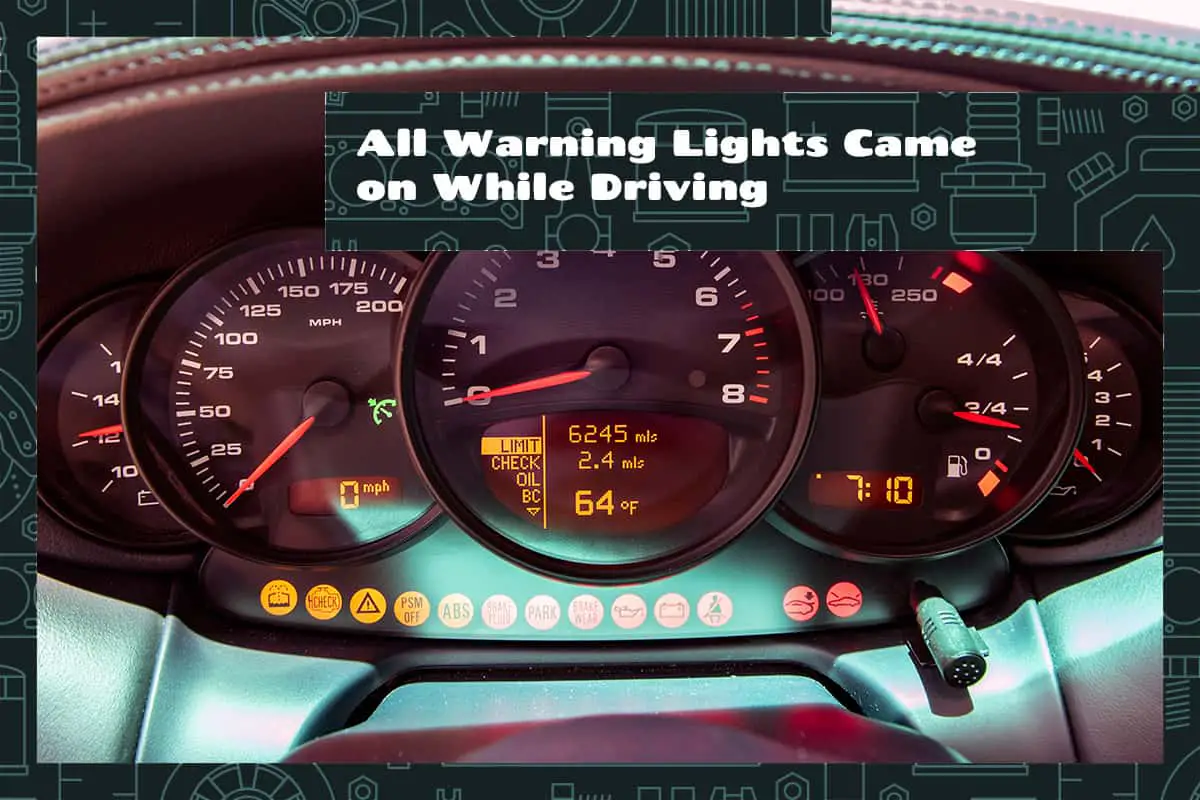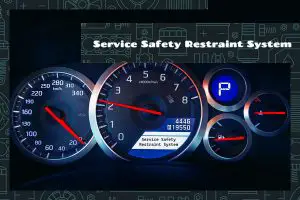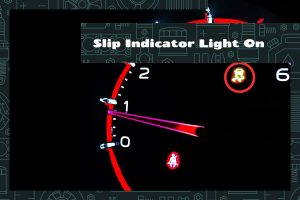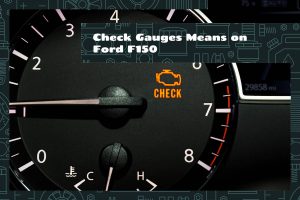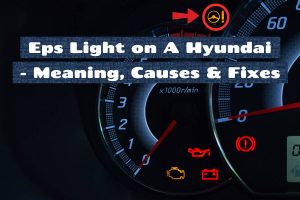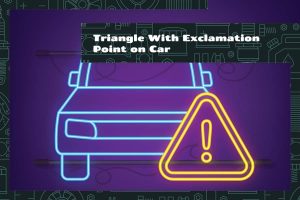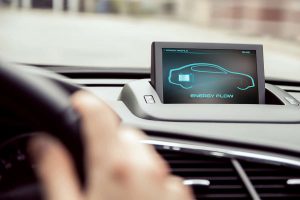Imagine you’re driving, enjoying your favorite tunes, and suddenly all the warning lights on your dashboard come to life. Dashboard warning lights are designed to inform you about your vehicle’s performance and potential issues, but when they all come on at once, it’s hard to know where to start.
All warning lights may come on while driving due to:
- Alternator problems
- Electrical issues
- Faulty sensors
- Malfunctioning computer system
This article will help you understand the different types of dashboard warning lights, the possible reasons behind all of them coming on simultaneously, and the steps you should take to address the situation.
Understanding Dashboard Warning Lights
Your car’s dashboard warning lights are like its way of talking to you. They tell you when something is wrong or when you need to do something. Let’s briefly break down the different types of dashboard warning lights into three main categories: indicator lights, warning lights, and information lights.
1. Indicator lights
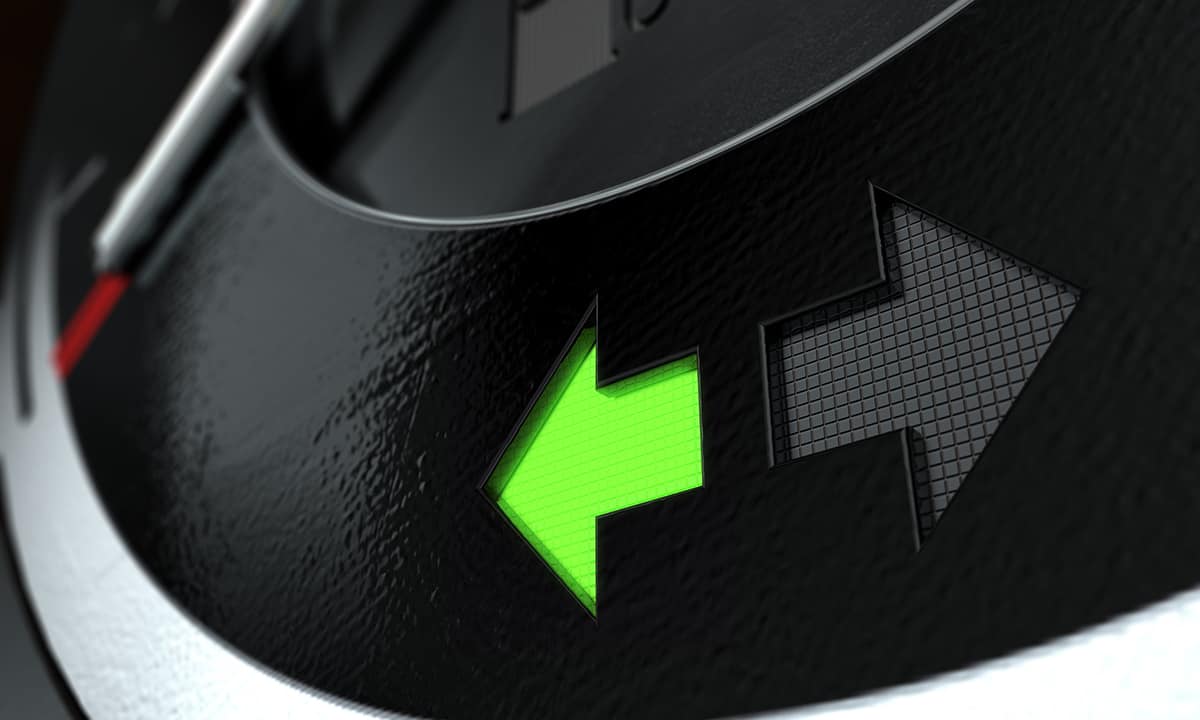
These lights show you that a feature or system in your car is working as it should. For example, when you turn on your turn signal, the turn signal light on your dashboard will blink. Some other examples of indicator lights are the high beam and cruise control lights.
2. Warning lights
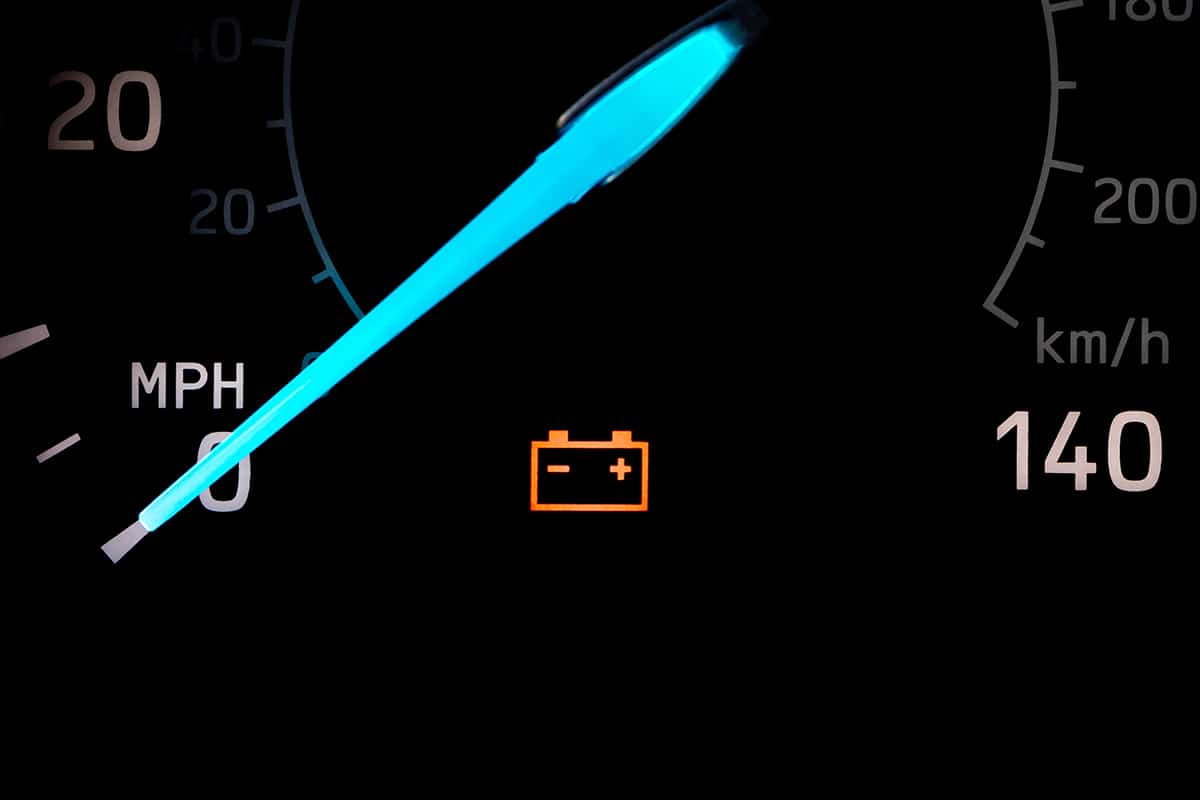
Warning lights are more urgent than indicator lights. They alert you when there’s a problem with your car or when something needs your attention. For instance, if your engine is overheating, the temperature warning light will turn on. Other common warning lights include the oil pressure, brake, and battery lights.
3. Information lights
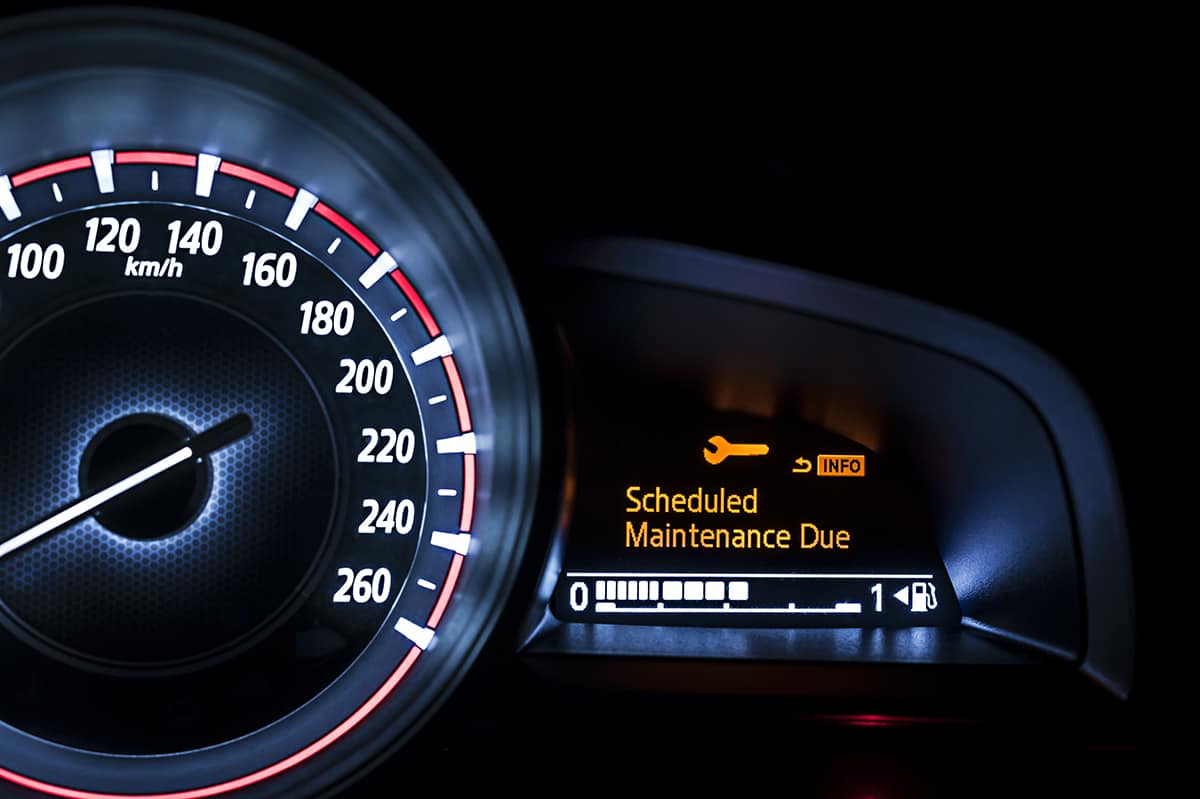
Information lights provide you with details about your car’s performance and maintenance needs. For example, the “maintenance required” light will illuminate when it’s time for an oil change or other scheduled maintenance.
Reasons Behind All Warning Lights Turning On
It can be scary and confusing when all the warning lights on your dashboard turn on at once. But don’t panic! Here, we’ll discuss the main reasons why this can happen and help you understand what might be going on with your car.
1. Alternator problems
A problematic alternator can cause all warning lights to turn on because the alternator is responsible for generating electricity to power your car’s electrical systems and recharge the battery.
If the alternator is failing or malfunctioning, it cannot provide sufficient power to the various systems in your vehicle. As a result, multiple warning lights can illuminate simultaneously, signaling issues with different components, such as the battery, engine, and brakes.
The lack of adequate power from the alternator disrupts the normal functioning of these systems, leading to an array of warning lights turning on all at once.
2. Electrical issues
Your car has a complex electrical system that powers many features, like your lights, radio, and engine. If something goes wrong with this system, it can cause all the warning lights to turn on at the same time. Some common electrical problems include short circuits, bad connections, or a dying battery.
3. Faulty sensors
Your car uses lots of sensors to monitor how well it’s working. These sensors send information to the car’s computer, which uses that data to control various systems, like the engine and brakes. If a sensor isn’t working correctly, it might send wrong information to the computer, making it think there’s a problem when there isn’t one. This can cause all the warning lights to turn on.
4. Malfunctioning computer system
The computer in your car, also known as the Engine Control Module (ECM), controls many aspects of your vehicle, including the warning lights. If the ECM malfunctions, it can cause all the warning lights to come on at once. This could be due to a software glitch or a problem with the computer’s hardware.
Immediate Actions to Take When All Warning Lights Come On
If all the warning lights on your dashboard suddenly turn on, it’s important to stay calm and know what to do. Allow us to guide you through the steps to take when this happens, helping you keep yourself and your car safe.
1. Safely pull over

Find a safe spot to stop your car as soon as possible. Make sure you’re not blocking traffic and turn on your hazard lights to let other drivers know you’re having a problem. It’s crucial not to keep driving with all warning lights on, as it could be dangerous.
2: Turn off the engine
Once you’ve safely pulled over, turn off your car’s engine. This can help prevent further damage or issues while you figure out what’s causing the problem.
3: Check for obvious issues
Take a moment to look around your car for any visible problems, like a flat tire or leaking fluids. Sometimes, the cause of the warning lights might be something you can quickly spot and fix.
4: Restart the engine
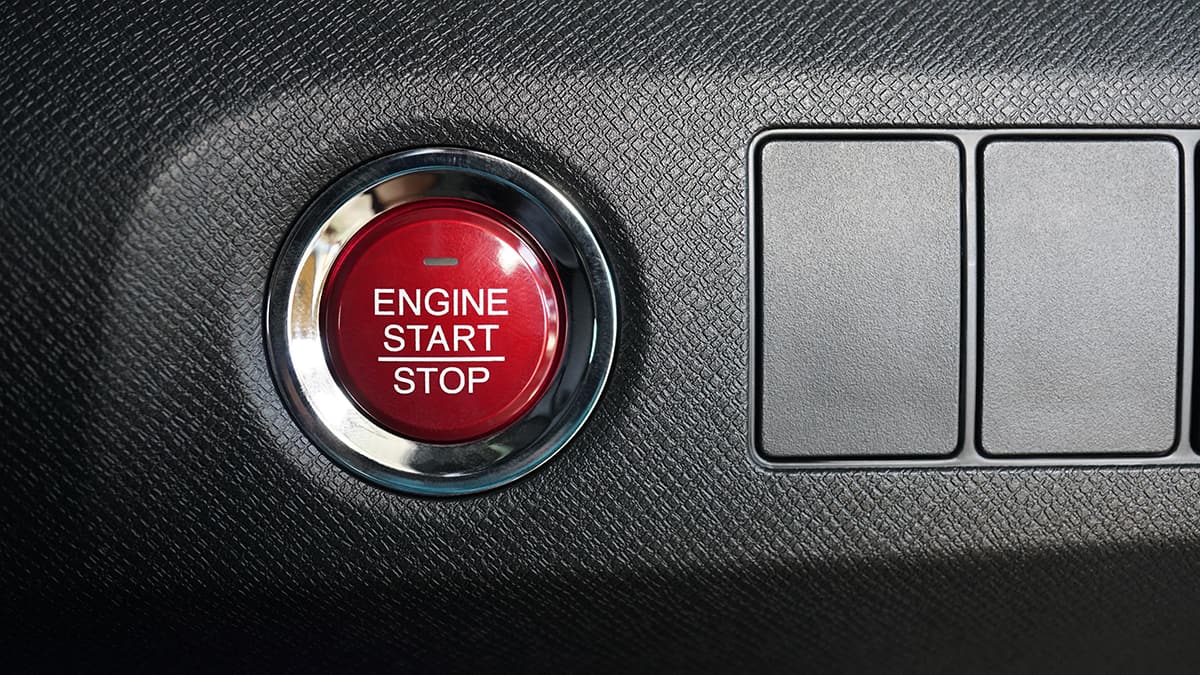
After checking for visible issues, try restarting your car’s engine. In some cases, turning the engine off and on again can reset the warning lights. If the lights don’t turn off after restarting, you’ll need to investigate further.
5: Consult Your owner’s manual
Your car’s owner’s manual is a valuable resource for understanding warning lights and their meanings. Look up the warning lights that are still on to learn more about what could be causing the problem.
6: Contact a professional
If the warning lights don’t turn off after restarting your car and checking the owner’s manual, it’s time to call for help. Reach out to a mechanic, roadside assistance service, or a friend or family member who knows about cars. Explain the situation and ask for advice on what to do next.
7: Arrange for Transportation
If your car isn’t safe to drive, you’ll need to arrange for transportation to get yourself and your car to a safe location or a repair shop. This could involve calling a tow truck, using a ride-sharing service, or asking a friend or family member for help.
Assessing Individual Warning Lights
In this section, we’ll explain how to evaluate individual warning lights and what actions you can take for some common ones.
- The engine warning light also called the check engine light, indicates a problem with your car’s engine or emissions system. This light can be triggered by various issues, from a loose gas cap to a malfunctioning sensor.
- The brake warning light alerts you to potential problems with your car’s braking system, such as low brake fluid or worn brake pads.
- The battery warning light signals a problem with your car’s electrical system, such as a weak or failing battery or a malfunctioning alternator.
- The oil pressure warning light indicates that your engine’s oil pressure is too low, which can lead to engine damage.
- The temperature warning light warns you when your engine is overheating, which can cause severe damage.
- The tire pressure warning light alerts you when one or more of your tires have low air pressure.
- The airbag warning light indicates a problem with your car’s airbag system, meaning that the airbags might not deploy correctly in the event of an accident.
- The ABS (Anti-lock Braking System) warning light signals an issue with your car’s anti-lock braking system, which helps prevent your wheels from locking up during hard braking.
Troubleshooting Techniques
When dealing with warning lights, you need to have a set of troubleshooting techniques to identify and fix the underlying issues.
Identifying Common Causes
Understanding common causes behind warning lights can help you quickly diagnose and fix the problem. For example, a loose gas cap can trigger the check engine light, or low tire pressure can activate the tire pressure warning light. Familiarize yourself with typical causes for each warning light to tackle issues efficiently.
Checking Fuses and Relays
Fuses and relays are essential components in your car’s electrical system. If a warning light comes on, it’s possible that a blown fuse or a faulty relay is the culprit. Check your owner’s manual for the location of your car’s fuse and relay box, and inspect them for any signs of damage. Replace any blown fuses or malfunctioning relays as needed.
Testing the Battery and Charging System
A weak battery or a failing alternator can cause various warning lights to come on. To test your battery, use a voltmeter to measure its voltage while the engine is off. A fully charged battery should read around 12.6 volts. Start the engine and check the voltage again. If the alternator is working correctly, the voltage should increase to around 13.7 to 14.7 volts. If the voltage readings are outside these ranges, you may need to replace your battery or alternator.
Scanning for Error Codes
Modern cars have onboard diagnostic systems that store error codes when a warning light is triggered. Using an OBD-II (On-Board Diagnostics) scanner, you can read these error codes to help identify the specific issue.
Plug the scanner into the OBD-II port (usually located under the dashboard on the driver’s side), and follow the scanner’s instructions to retrieve the codes. Look up the codes in your owner’s manual or online to understand the issue and determine the appropriate fix.
